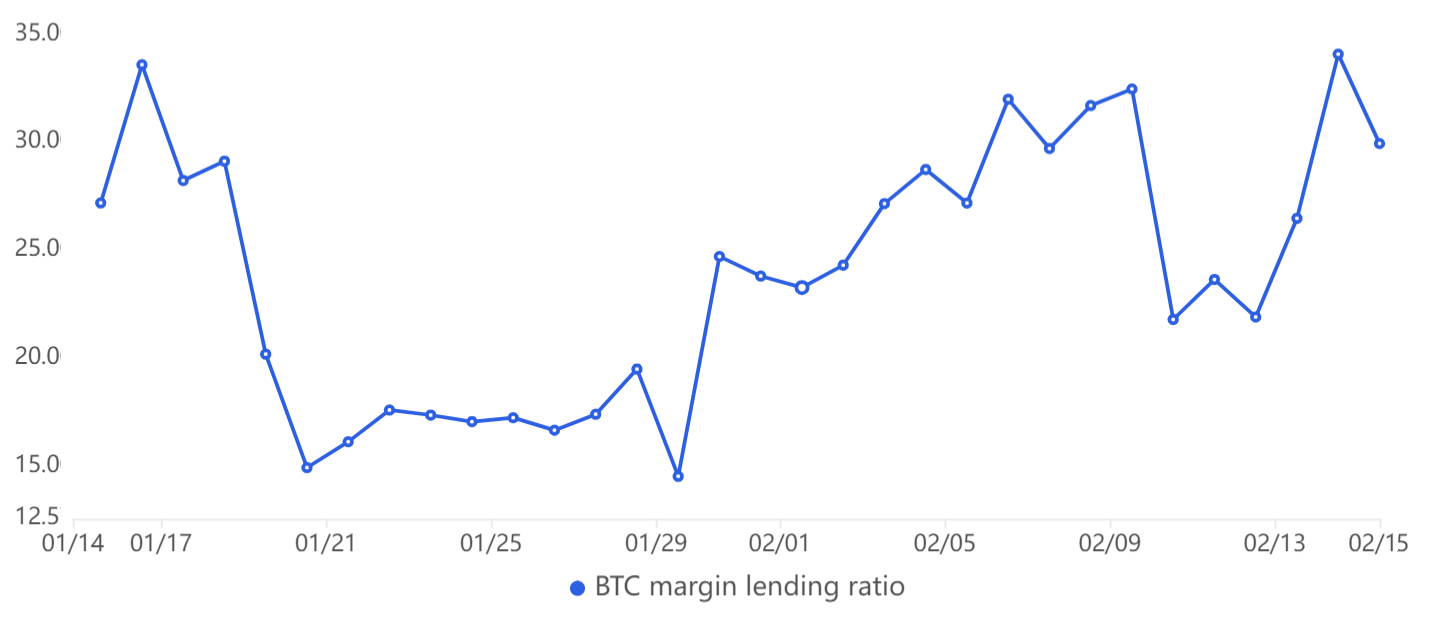Bitcoin (BTC) price rallied over 12% on Feb. 15, marking the highest daily close in more than six months. Curiously, the movement happened while gold reached a 40-day low at $1,826, indicating some potential shift in investors’ risk assessment for cryptocurrencies.
A stronger than expected U.S. inflation report on Feb. 14 presented 5.6% growth year-over-year, followed by data showing resilient consumer demand caused traders to rethink Bitcoin’s scarcity value. U.S. retail sales increased by 3% in January versus the previous month – the highest gain in almost two years.
On-chain data indicates that the recent gains can be traced back to a mysterious institutional investor that started buying on Feb. 10. According to Lookonchain’s data, nearly $1.6 billion in funds have flowed into the crypto market between Feb. 10 and Feb. 15. The analysis showed that three notable USD Coin (USD) wallets sent out funds to various exchanges around the same time.
More importantly, news emerged that the Binance exchange is preparing to face penalties and settle eventual outstanding regulatory and law-enforcement investigations in the U.S., according to a Feb. 15 Wall Street Journal report. The exchange’s chief strategy officer, Patrick Hillmann, added that Binance was “highly confident and feeling really good about where those discussions are going.”
Let’s look at derivatives metrics to understand better how professional traders are positioned in the current market conditions.
Bitcoin margined longs entered the “FOMO” range
Margin markets provide insight into how professional traders are positioned because it allows investors to borrow cryptocurrency to leverage their positions.
For example, one can increase exposure by borrowing stablecoins to buy (long) Bitcoin. On the other hand, Bitcoin borrowers can only bet against (short) the cryptocurrency. Unlike futures contracts, the balance between margin longs and shorts isn’t always matched.
 OKX stablecoin/BTC margin lending ratio. Source: OKX
OKX stablecoin/BTC margin lending ratio. Source: OKX
The above chart shows that OKX traders’ margin lending ratio increased between Jan. 13 and Jan. 15, signaling that professional traders added leverage long positions as Bitcoin price broke above the $23,500 resistance.
One might argue that the demand for borrowing stablecoins for bullish positioning is excessive as a stablecoin/BTC margin lending ratio above 30 is unusual. However, traders tend to deposit more collateral after a few days or weeks, causing the indicator to exit the FOMO level.
Options traders remain skeptical of a sustained rally
Traders should also analyze options markets to understand whether the recent rally has caused investors to become more risk-averse. The 25% delta skew is a telling sign whenever arbitrage desks and market makers are overcharging for upside or downside protection.
The indicator compares similar call (buy) and put (sell) options and will turn positive when fear is prevalent because the protective put options premium is higher than risk call options.
In short, the skew metric will move above 10% if traders fear a Bitcoin price crash. On the other hand, generalized excitement reflects a negative 10% skew.
Related:$24K Bitcoin – Is it time to buy BTC and altcoins? Watch Market Talks live
 Bitcoin 60-day options 25% delta skew: Source: Laevitas
Bitcoin 60-day options 25% delta skew: Source: Laevitas
Notice that the 25% delta skew has been neutral for the past two weeks, signaling equal pricing for bullish and bearish strategies. This reading is highly unusual considering Bitcoin gained 16.2% from Jan. 13 to Jan. 16 and typically, one would expect excessive bullishness causing the skew to move below negative 10.
One thing is for sure, the lack of bearish sentiment is present in futures and options markets. Still, there is some concerning data on excessive margin demand for leverage buying, although it is too soon to call it worrisome.
The longer Bitcoin remains above $24,000, the more comfortable those pro traders become with the current rally. Moreover, bears using futures markets had $235 million liquidated between Jan. 15 and Jan. 16, resulting in a decreasing appetite for bearish bets. Hence, the derivatives markets continue to favor bullish momentum.
This article does not contain investment advice or recommendations. Every investment and trading move involves risk, and readers should conduct their own research when making a decision.
The views, thoughts and opinions expressed here are the authors’ alone and do not necessarily reflect or represent the views and opinions of Cointelegraph.


